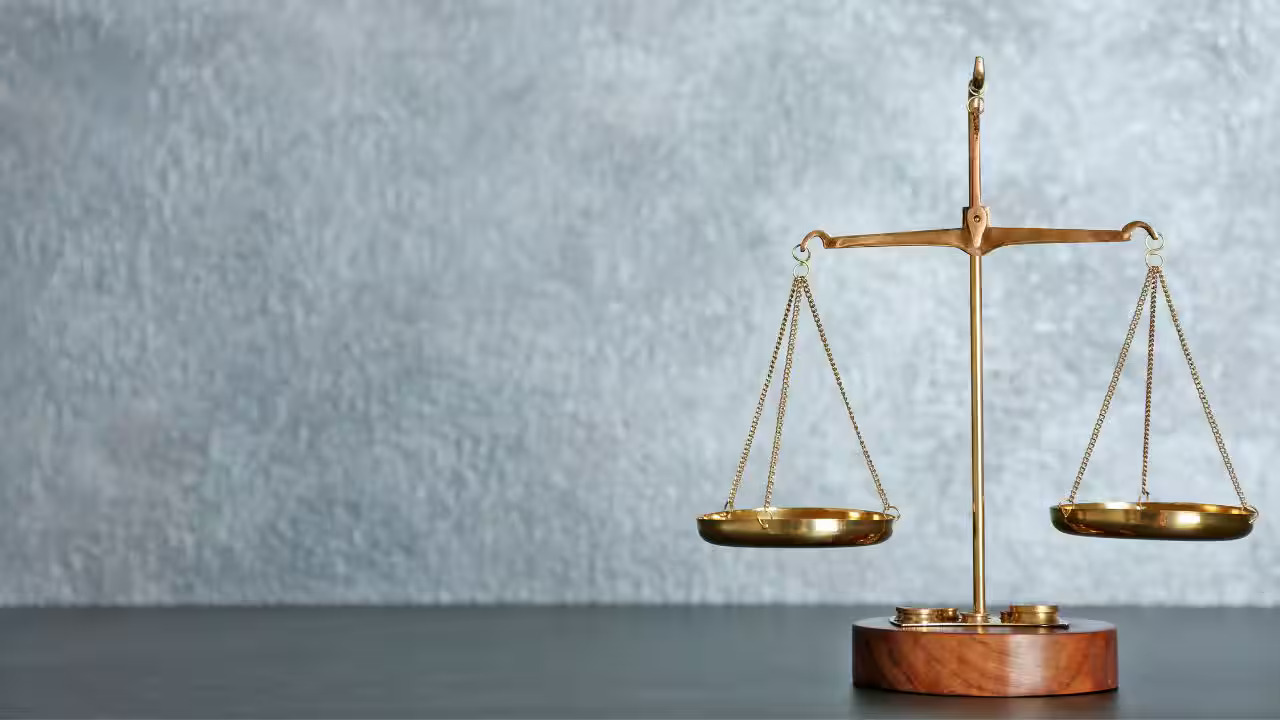ThePrintAM: What does research institute DAKSH's report say about the state of India's commercial tribunal system?
option one
India’s economic reform journey is a patchwork of contradictions. Highs such as GST 2.0, which promises to simplify compliance, widen the tax base, and smooth the arteries of commerce, are celebrated. Yet hidden lows continue to act as speedbreakers on India’s path to becoming a global ease-of-doing-business powerhouse.
New Delhi: Ideated as special adjudicatory bodies to review administrative decisions, tribunals across sectors have expanded their powers beyond the ambit of administrative laws. The expectation was that the commercial tribunals would deliver better outcomes than traditional courts. However, in practice, they struggle with the same problems.
Tribunals have distinct problems compared to courts, such as the need for more judges with specialised or technical knowledge of the law, the necessity for faster and more economical methods of adjudication, and the lack of finality when it comes to their decisions, former Supreme Court judge Justice Shiva Kirti Singh said Thursday.
Tribunals were set up to offer swift, cost-effective, and decentralised resolution to legal disputes. The principal idea was that these quasi-judicial bodies would comprise members with specific sector expertise to deliver better-informed judgments relatively swiftly, reducing the caseload on regular courts. It is deeply concerning, therefore, to discover that India’s commercial tribunals in particular suffer from the same infirmities as the regular judicial system.
India’s commercial tribunals are grappling with a mounting backlog of 356,000 cases, worth ₹24.72 trillion, as of September, according to a study by legal think-tank DAKSH. The value of these pending cases amounts to about 7.48 per cent of India’s gross domestic product (GDP) for 2024-25, the think-tank estimates in its State of Tribunals 2025 report.
The Odisha government has released a tender to develop, maintain, and operate an AI-based Judicial Petition Response Drafting System, as it plans to automate the judicial petition response generation process.
Last month, the President of India, Droupadi Murmu, highlighted the issue of court delays. In her speech at the National Conference of the District Judiciary, she noted that these delays are what are making people hesitate approaching courts, as they fear that the pursuit of justice will complicate their lives further.
A few weeks ago, the case of a woman who had filed a rape case, was sentenced to imprisonment, and fined by a court in Bareilly, Uttar Pradesh, dominated the headlines. The narrative, echoed by select media users, painted a picture of a woman who had brazenly fabricated rape accusations.
The number of bail applications filed in the country's high courts has increased by 35 percent in the past eight years.
Over the past eight years, bail cases filed across high courts in India have increased by about 35 per cent. Amid innumerable Supreme Court declarations emphasising bail as a ‘default’ practice, district courts routinely deny it.
Karnataka fell to 14th rank in 2020 from 6th rank in 2019 in terms of the overall justice delivery system, as per the India Justice Report released in Bengaluru on Saturday. While Karnataka topped the list in policing,
India takes an average of 2,184 days to dispose a case in its subordinate courts, 1,128 days in its High Courts, and 1,095 days in the Supreme Court, bringing the total life cycle of a case in India to 12+ years
Several government decisions and Supreme Court observations and verdicts delivered in 2022 have had, or will have, an impact on the justice system in India.
Affordable justice, much like affordable healthcare and housing, is a bedrock of modern democracies which place a premium on the welfare of their citizens
Justice Gautam Patel and Cyril Shroff share their thoughts around 'Amrit Kaal' on the occasion of the 73rd Constitution Day.
After 108 years, a district court in Bhojpur, Bihar, finally rendered a decision in a case involving a land dispute in May of this year. This implied, without a doubt, that the matter has been ongoing since colonial times
India has 371,848 prisoners in pre-trial detention, known locally as undertrials. 76%--three in four--of all prisoners in Indian jails are awaiting trial. This compares unfavourably with the global average, which is 34%.
he experience online has been refreshing. One has to ensure that one has downloaded the necessary apps which are usually Webex, Vidyo, or Zoom depending on the forum one is arguing in.
Any talk of access to justice in India inevitably circles round to the almost perennial, much-lamented issues of case pendency, backlog, and delays in justice delivery.
option two
DAKSH organised a webinar titled “From Scandal to Narrative: Investigative Stories on the Justice System”. The panellists discussed the role of investigative reporting in highlighting systemic issues of state capacity, under-funding, lack of training and resource allocation.
DAKSH organised a discussion titled ‘Over the Top: Rules for digital media’ at the Bangalore International Centre on 19 March 2021. The speakers discussed the recently notified Information Technology (Intermediary Guidelines and Digital Media Ethics Code) Rules, 2021 to regulate digital content. They discussed the need for and nature of these regulations. The focus was on whether these reforms align the benefits of social media platforms with the welfare of citizens, while protecting the right to free speech and expression.
DAKSH organised a webinar focussed on media coverage of law enforcement agencies and interaction between the two institutions on 26 February 2021. The webinar discussed how the relationship between these institutions has evolved and how they can develop mutual respect while advancing the fair administration of justice.
DAKSH announced the launch of MĀRGA on Republic Day, 2021 through an inaugural discussion on the media’s relationship with the law and justice system. The panellists for the discussion were Hon’ble Justice Rajiv Shakdher, Hon’ble Justice Gautam Patel, Apruva Vishwanath, and Harish Narasappa, with Surya Prakash B.S. as the moderator.
option three

Paper 1: The Vision
These goals are rooted in principle, rather than potential technical achievements, for two reasons. One is that technology must ultimately serve goals that are socially desirable, and the strategies adopted to fulfill them must then be based on morality and constitutional values. The other is that technology evolves at a pace where any vision for public institutions based on fulfilling technical capabilities will be rapidly outdated, and it makes more sense to tether the vision to something more permanent. These principles form the core of the first paper in the series ( Whitepaper Series on Next Generation Justice Platform, Paper 1: The Vision ), which describes a vision for a citizen-centric justice system.
option four
The second paper in the series ( Whitepaper Series on Next Generation Justice Platform, Paper 2: Implementation and Transition ) lays out the implementation strategies necessary to bridge the technical gap between current systems and those that would fulfill the vision described in Paper 1. These strategies are based on a consideration of the processes that are necessary for the design of the platform to meet its users’ needs and for the implementation to be successful, such as process re-engineering and stakeholder consultation. Effective planning of the sequencing of the implementation is essential for the platform’s success, and the paper discusses concerns regarding the phases of implementation based on the modules that the platform comprises, based on their functions and interdependencies.




















